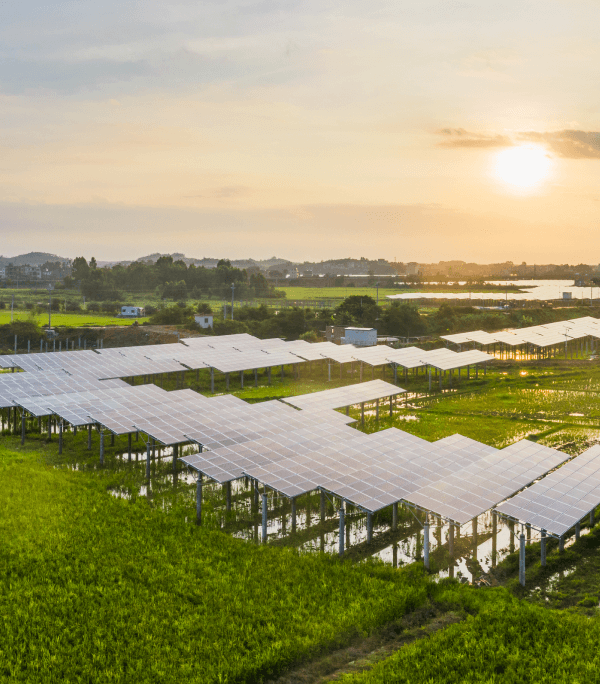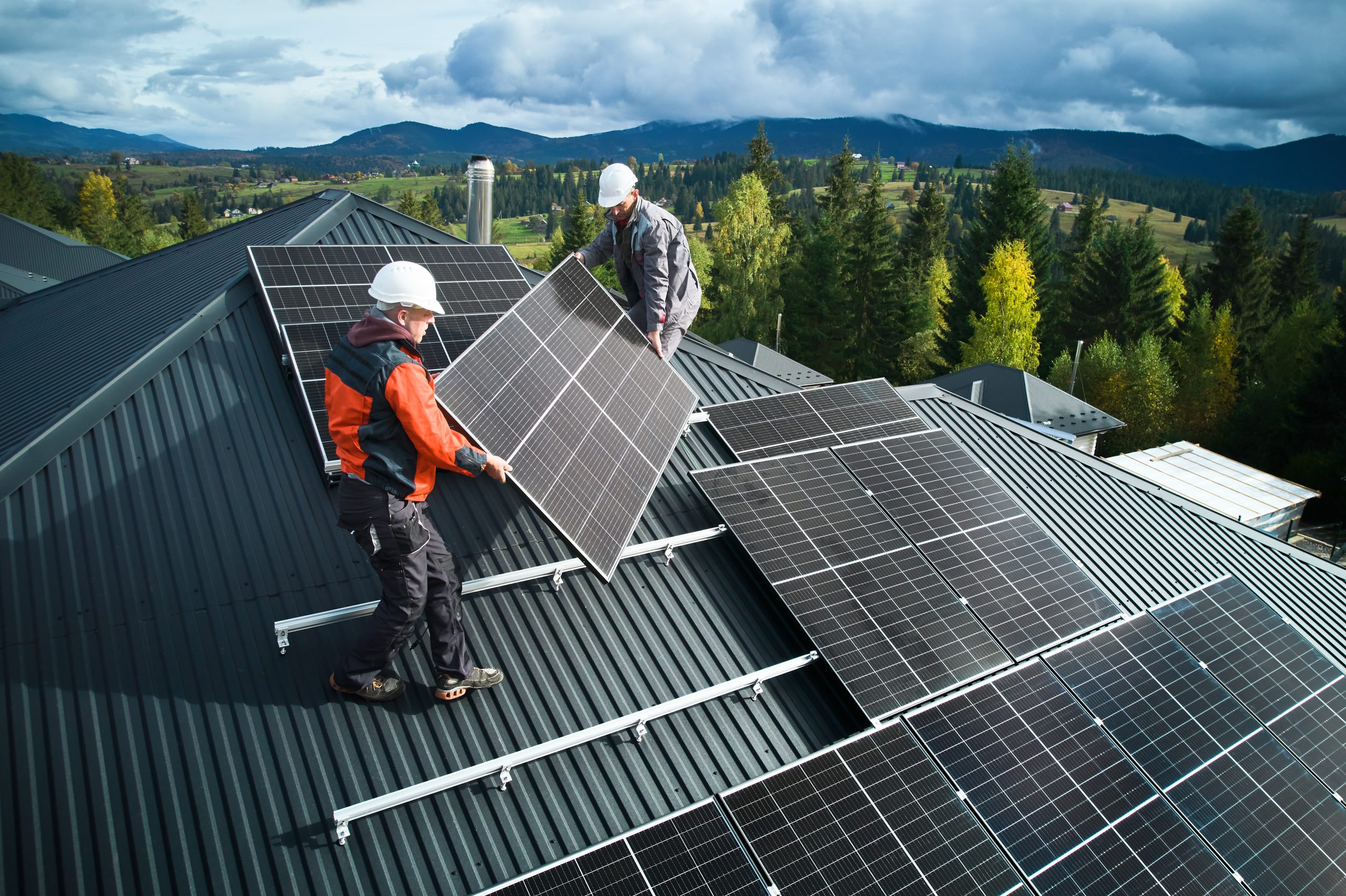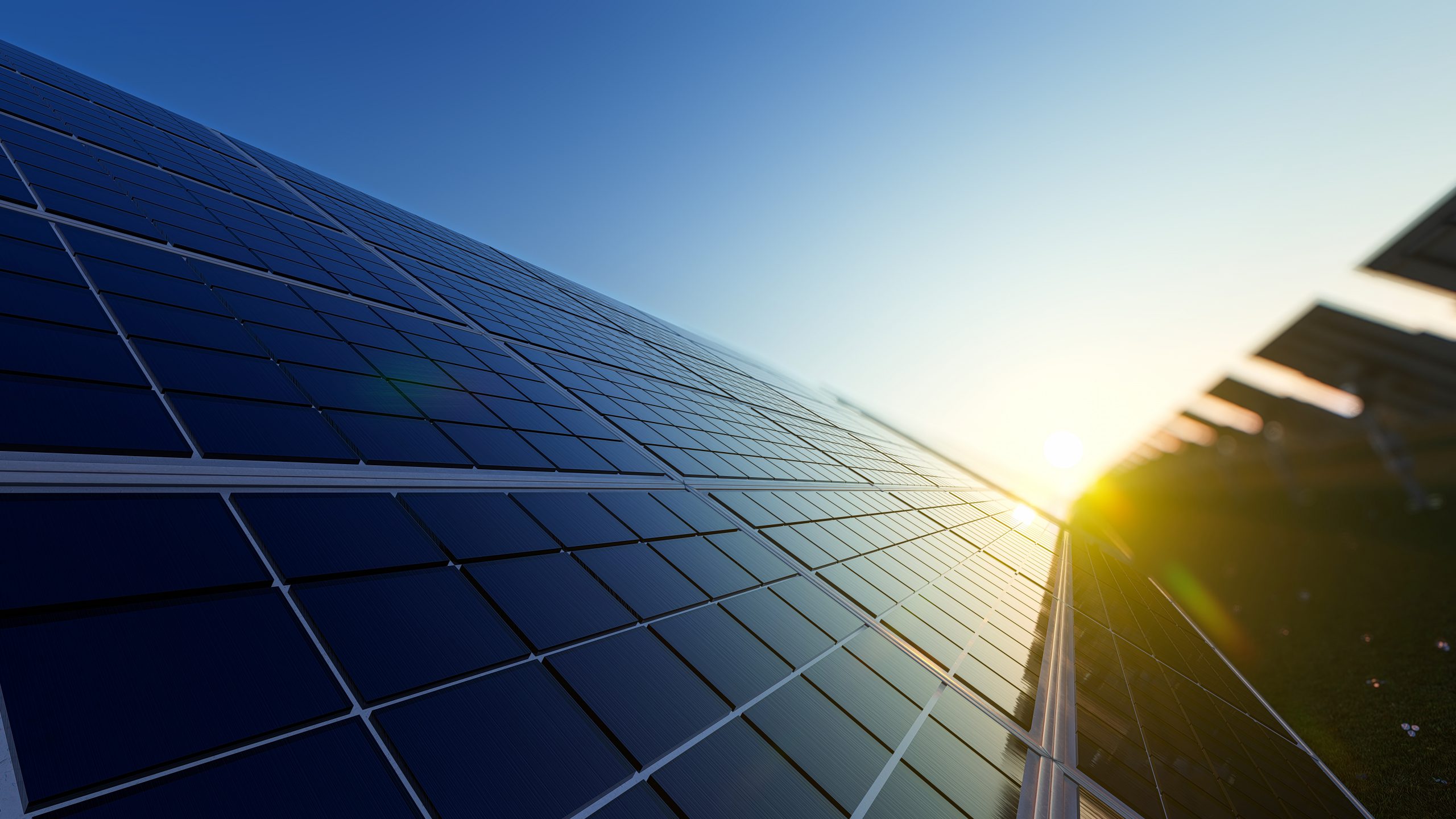Introduction
- In Q3 2024, the US solar market installed 8.6 GWdc of capacity, continuing the trend of record-setting quarterly volumes this year. While installations declined 13% quarter-over-quarter, they increased 21% compared to Q3 2023.
- Solar accounted for 64% of all new electricity-generating capacity added to the US grid through Q3 2024. US solar now produces enough electricity annually to power over 37 million homes.
- Domestic module manufacturing capacity increased substantially again in the third quarter, by over 9 GW to nearly 40 GW. At the end of Q2 2022, prior to the passage of domestic manufacturing and procurement tax credits, module manufacturing capacity stood at less than 7 GW – capacity has nearly quintupled since then. The first US cell manufacturing facility opened in Q3, reshoring cell manufacturing in the United States for the first time since 2019.
- Texas and Florida continue to be the top-ranked states for capacity installed in 2024 with 7.9 GWdc and 3.1 GWdc online through Q3, respectively.
- The residential segment continued its decline, which started in late 2023, with 1.1 GWdc installed in Q3, a decrease of 4% quarter-over-quarter and 39% year-over-year. Unlike in prior quarters, however, the dip was not driven by California, which experienced a 7% quarter-over-quarter increase. Instead, volumes in most states across the country continued to decline as elevated interest rates and customer uncertainty dampened demand. We now expect a 26% contraction in the residential segment in 2024 compared to 2023.
- The commercial solar segment installed 535 MWdc in Q3 2024, 17% more than in Q2 and 44% more than Q3 2023. Pipeline projects in states like California, Illinois, Maine, and New York finally came online as we approach year-end. The California market continues to see significant deployment from the remaining NEM 2.0 pipeline.
- The community solar segment installed 291 MWdc in Q3 2024, a decline of 17% quarter-over-quarter but a 12% increase year-over-year. Community solar in Maine and Illinois experienced quarterly growth, but this was outweighed by slowing momentum in New York.
- The utility-scale segment installed 6.6 GWdc in Q3 2024, a 16% decline from Q2 2024 and a 44% increase year-over-year. This was the highest third quarter on record for the utility-scale solar industry as developers continue building out a strong pipeline of projects.
- It’s too early to predict the nature and degree of potential policy changes resulting from a new federal government. Given the immense level of uncertainty, the solar outlooks presented in this report reflect the current policy status quo. The solar analyst team at Wood Mackenzie will be tracking these developments closely.
- Our updated forecasts for the current policy status quo show the US solar industry will install 40.5 GWdc in 2024, followed by average annual volumes of at least 43 GWdc from 2025-2029. This year, installations are expected to decline slightly (2%), driven mostly by the expected 26% decline in the residential segment. Despite high demand for solar, we expect growth to remain flat in the next five years as the industry continues to be constrained by broader power sector challenges: a lack of labor availability, high voltage equipment constraints, and interconnection delays.
Solar Cheat Sheet
-
Current Solar Capacity:
219.8 GW
-
Total Solar Jobs:
279,447
-
Value of Solar Market in 2023:
$63.6 billion
-
Number of U.S. Solar Businesses:
10,000+
-
Total Solar Systems Installed in the U.S.:
5,289,576
-
10-year Solar PV Price Decline:
37%
-
Carbon Emissions Reduced:
227 million metric tons
-
In 2023, a New Project is Installed Every
39 seconds
-
Enough Solar Installed in the U.S. to Power
37.6 million homes

VIEW THE PRESS RELEASE
REPORT: U.S. Solar Cell Production Resumes for First Time Since 2019, as Solar Module Manufacturing Sets Record in Q3
The United States added a record-breaking 9.3 gigawatts (GW) of new solar module manufacturing capacity in Q3 2024.
Read More ->
more data
Get the Full Report
The full Solar Market Insight Report includes all the data and analysis from our Executive Summary plus incisive, state-level breakdowns of installations, costs, manufacturing and demand projections.
Read More ->
resources
View the SMI Report Archives
Click here to access historical reports covering the solar and storage industry's growth
PAST SMI REPORTS
learn more
About the Report
U.S. Solar Market Insight® is a quarterly publication of the Solar Energy Industries Association (SEIA)® and Wood Mackenzie Power & Renewables.
Read More ->



